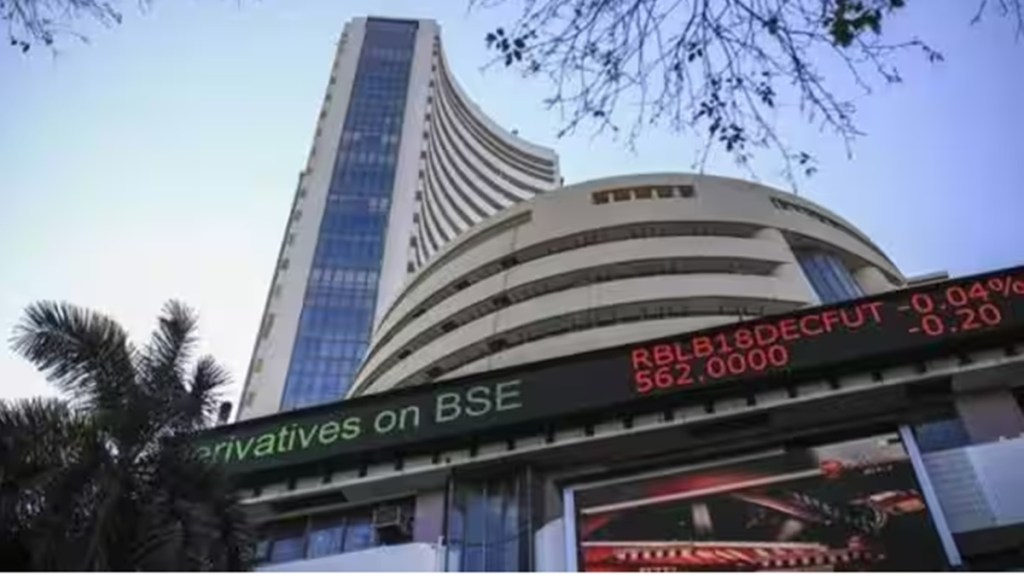Although the US Federal Reserve Open Market Committee (FOMC) opted to leave the key overnight funds rate unchanged at 5.25-5.5%—the second straight pause—the door has been left open for more rate hikes. Fed chair Jerome Powell has guided for possible “additional policy firming,” saying the FOMC is prepared to adjust the policy stance should any threats to achieving its goals arise. While inflation has been coming down, the Fed is determined to bring it down to the targeted 2%. As such, it is almost certain monetary policy will remain restrictive for the forseeable future.
In fact, Powell said the Fed was not confident yet that it had achieved a stance that was sufficiently restrictive to pin down inflation to 2%. Although Powell noted that the Fed could afford to be more careful given how much policy has been tightened already, the FOMC’s actions on how restrictive monetary policy needs to be would depend on the incoming data. While costlier money was no doubt impacting businesses and households, the pace of price rises remains above its target.
The commentary makes it clear the Fed is not thinking of rate cuts anytime soon. The decision to hold rates may have been influenced by the elevated long-term bond yields, but with US inflation at 3.7%, cuts are far away. Given the geopolitical tensions, and the possible disruptions to the global economy, the Fed can be expected to proceed “carefully”. Moreover, despite the sharp run up in treasury yields, the FOMC is not weighing a slower pace of reduction in its bond holdings. Powell was categorical when he said, “The committee is not considering changing the pace of its balance sheet runoff. It’s not something we’re talking about considering”.
The stock and bond markets, however, seem to have latched on to what they perceive is a signal that rate hikes are nearing an end; treasury yields fell to around 4.77%. They have interpreted remarks to the effect that financial conditions have tightened significantly to mean that the recent rise in long-term yields reduces the impetus to hike rates again. The rally has been fuelled by the belief that much, if not all, of the tightening may be behind us. To be sure, Powell did say financial conditions had tightened significantly, but he stressed the point that these needed to be persistent and material. Again, he pointed to signs of a slower momentum in some key sectors. For instance, although the US economy grew above expectations, at a very strong annual 4.9% in Q3, activity in the housing sector has flattened reflecting higher mortgage rates. A near 8% rate, Powell said, could have a “pretty significant impact on housing”.
Moreover, as Powell observed, costlier money seems to be weighing on fixed investments. On the situation in the labour markets, he observed that although the labour market remains tight by many yardsticks, the monthly increase in payrolls of 266,000 in the last three months is below earlier levels. Again, the labour participation rate has moved up, job vacancies have fallen and supply and demand conditions are now in better balance. Powell’s comment, “We’ve come far enough on policy that risks are now more two-sided,” may have brought hope that the rate hike cycle is drawing to a close even if policy remains restrictive. But it would be prudent to hold the champagne.


